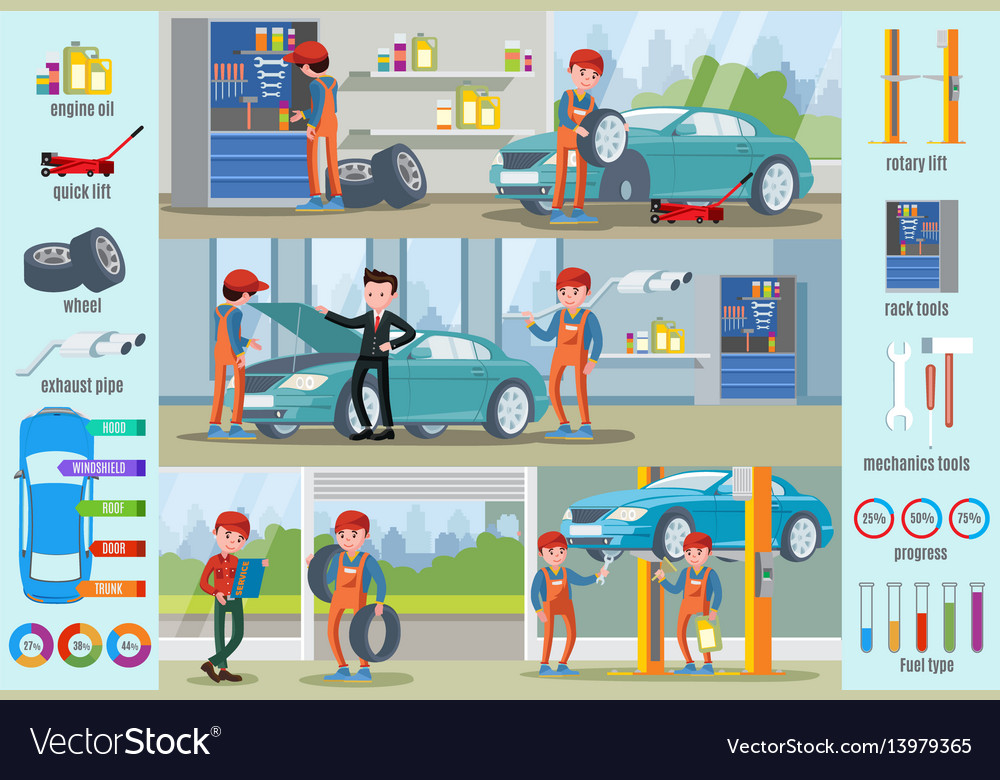Deciphering Your Car'S Caution Indicators: What They Really Symbolize
Deciphering Your Car'S Caution Indicators: What They Really Symbolize
Blog Article
Web Content Writer-Vinson Shepherd
When you're behind the wheel, those radiant warning lights on your dashboard can be a bit perplexing. Do you understand what they're attempting to tell you regarding your car's health and wellness? Comprehending the relevance of these lights is crucial for your security and the longevity of your automobile. So, the following time among those lights appears, would not you intend to decipher its message precisely and take the needed steps to resolve it?
Common Warning Lights and Interpretations
Identify usual caution lights in your cars and truck and recognize their significances to guarantee risk-free driving.
One of the most regular caution lights consist of the check engine light, which indicates issues with the engine or discharges system. If this light comes on, it's important to have your vehicle checked quickly.
The oil pressure cautioning light indicates low oil stress, calling for prompt attention to avoid engine damages.
A flashing battery light might suggest a damaged billing system, possibly leaving you stranded if not dealt with.
The tire stress monitoring system (TPMS) light signals you to reduced tire stress, impacting vehicle stability and fuel performance. Ignoring this can result in hazardous driving problems.
The abdominal light suggests a trouble with the anti-lock stopping system, jeopardizing your capability to quit promptly in emergencies.
Finally, the coolant temperature advising light warns of engine getting too hot, which can lead to severe damages if not dealt with promptly.
Recognizing these usual warning lights will help you address issues quickly and maintain risk-free driving problems.
Relevance of Prompt Interest
Recognizing the typical warning lights in your auto is just the very first step; the significance of quickly addressing these warnings can't be highlighted sufficient to guarantee your safety on the road.
When a warning light brightens on your dashboard, it's your automobile's way of connecting a potential problem that needs attention. Disregarding these cautions can lead to much more serious problems later on, endangering your safety and security and potentially costing you much more out of commission.
mitsubishi detailing to alerting lights can prevent breakdowns and accidents. For instance, a blinking check engine light might show a misfire that, if left unattended, might trigger damage to the catalytic converter. Resolving this promptly can conserve you from a costly repair service.
Likewise, a brake system cautioning light might indicate reduced brake fluid or used brake pads, crucial components for your security when driving.
Do It Yourself Troubleshooting Tips
If you discover a warning light on your control panel, there are a couple of do it yourself repairing ideas you can try prior to looking for professional help.
The initial step is to consult your cars and truck's handbook to understand what the certain warning light shows. In some cases the concern can be as easy as a loose gas cap setting off the check engine light. Tightening the gas cap might solve the problem.
Another typical problem is a reduced battery, which can activate various cautioning lights. Inspecting the battery links for corrosion and ensuring they're safe could deal with the trouble.
If a warning light continues, you can try resetting it by disconnecting the auto's battery for a few mins and after that reconnecting it. Furthermore, checking Recommended Website , such as oil, coolant, and brake fluid, can assist fix cautioning lights associated with these systems.
Final thought
In conclusion, comprehending your car's caution lights is essential for maintaining your automobile running smoothly and safely. By without delay attending to these signals and recognizing what they imply, you can avoid pricey repair work and possible breakdowns.
Keep in mind to consult your auto's manual for particular information on each alerting light and do something about it accordingly to make sure a trouble-free driving experience.
Stay informed, stay safe on the road!
